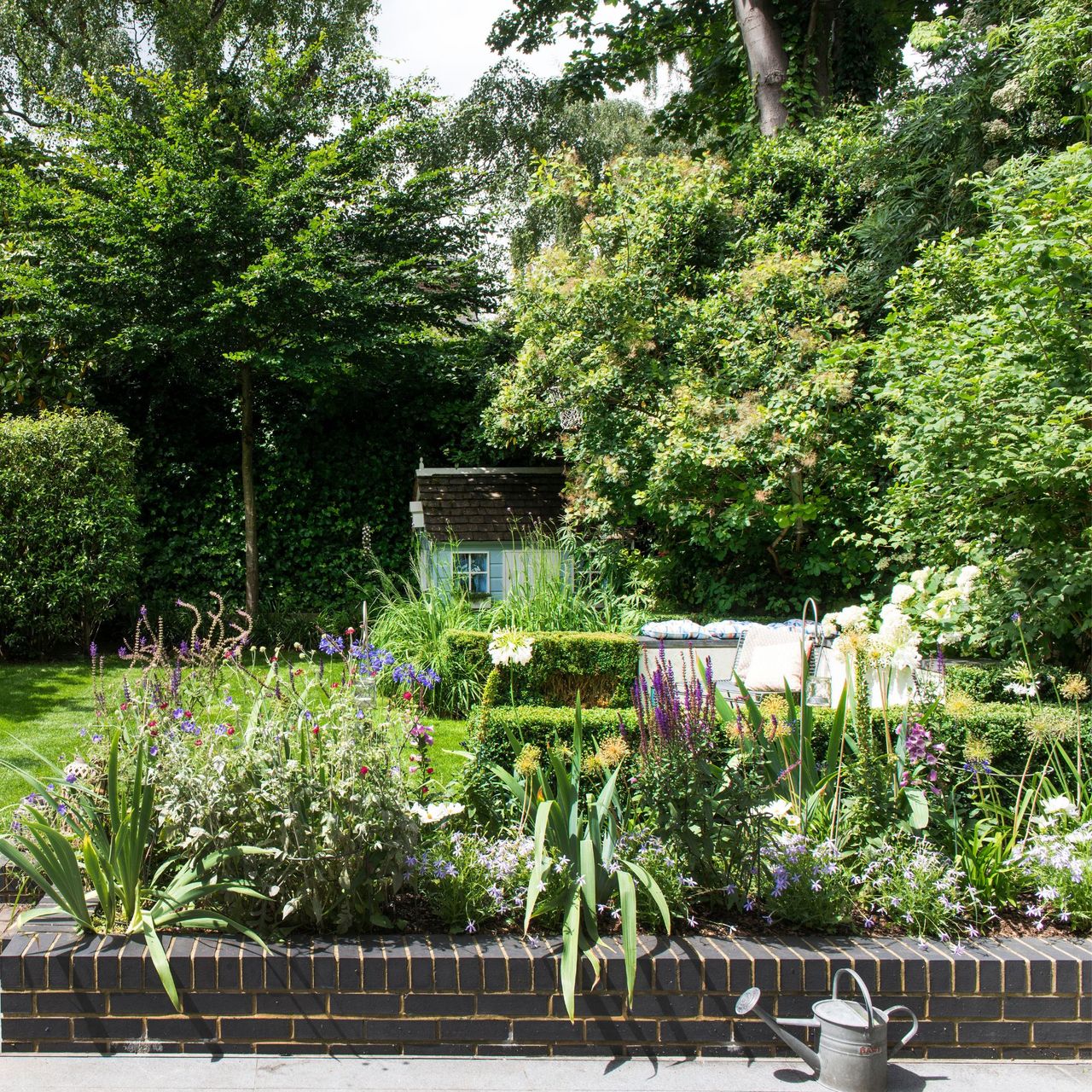
Planting is a serious business, as the prices at your local garden centre will have made abundantly clear. So why not hack the system and take inspiration from the unexpected plants that garden designers love to include in their own gardens?
Yes, whether you're on the hunt for show-stopping beauties, perennials that thrive on neglect, or (ahem) the best value-for-money plants, it's well worth looking to the pros for guidance.
After all, a designer’s own garden is almost certainly a ‘busman’s holiday’ – which means they’re just as interested in the low-maintenance options as we lazier, less green-fingered types.
The unexpected plants that garden designers love
The best budget garden ideas are those that help us transform our humble backyard into a thriving outdoor oasis, which is why plants (particularly perennials) are the best thing to invest in.
Which ones are worth your time (and dime), though? Try spending your hard-earned pennies on the unexpected plants that garden designers love...
1. Fennel
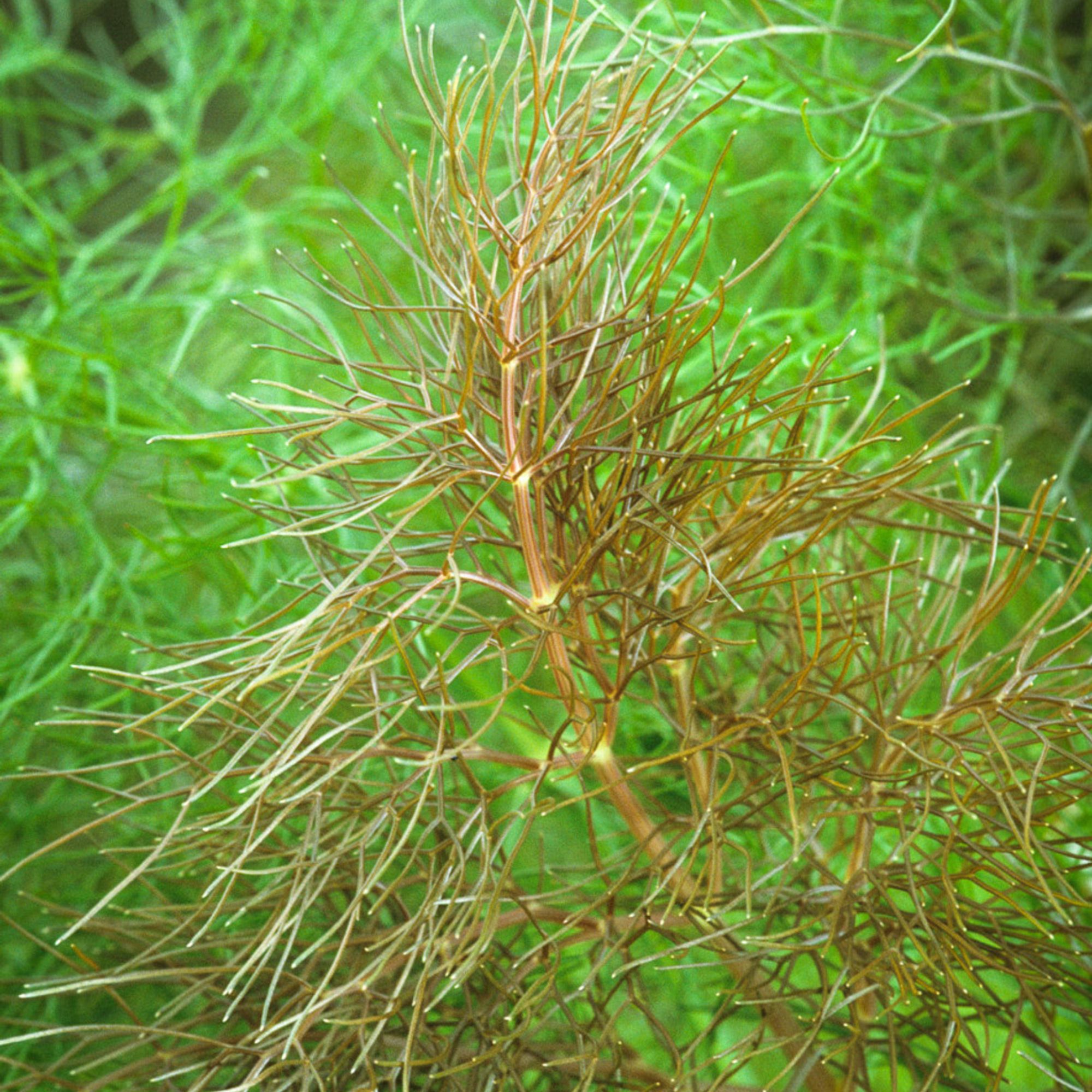
One of the more unexpected plants that garden designers love to include in their own gardens, fennel – particularly the striking Bronze Fennel (Foeniculum vulgare ‘Purpureum’), £7.99 for a 9cm pot at Crocus shown above – is perfect to plant alongside tall flowering plants like alliums and lupins.
‘Fennel is a great contrast foliage and hot combination plant that provides textural interest in borders. It’s often hidden at Chelsea, but trust me; it's a secret to getting that fancy waft,’ says Zoe Claymore, who recently won the People's Choice Award for her stunning British Rainforest Garden at the RHS Chelsea Flower Show.
She adds, though, that it has a tendency to move around the garden, so you’ve been warned.
2. Pasque flower
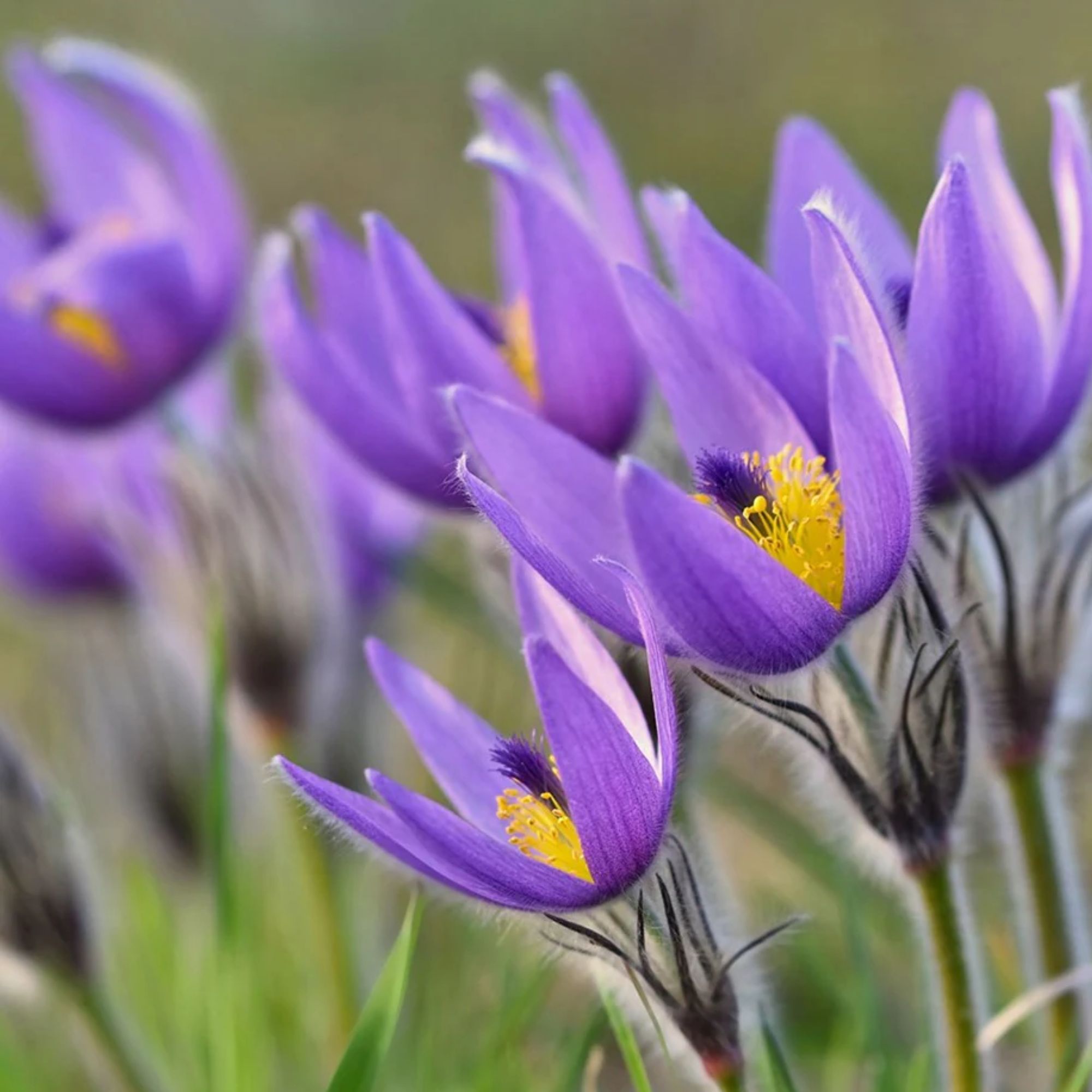
These pretty flowers aren't just gorgeous to look at; they're also a vibrant purple, aka one of the flower colours that attract bees, so they're great for pollinators, too.
'Growing in the wild and protected in the Nordics, adding pasque flowers to your garden is to bring nature into the space,' ' promises garden designer Annika Zetterman.
'The wonderful bells in spring are followed by striking seeds after bloom that last long. It looks amazing in the Nordic light,' she adds promisingly.
Also known as pulsatilla vulgaris, you can pick up some pasque flowers, £6.99 for a 9cm pot at Crocus easily enough.
3. Oregano
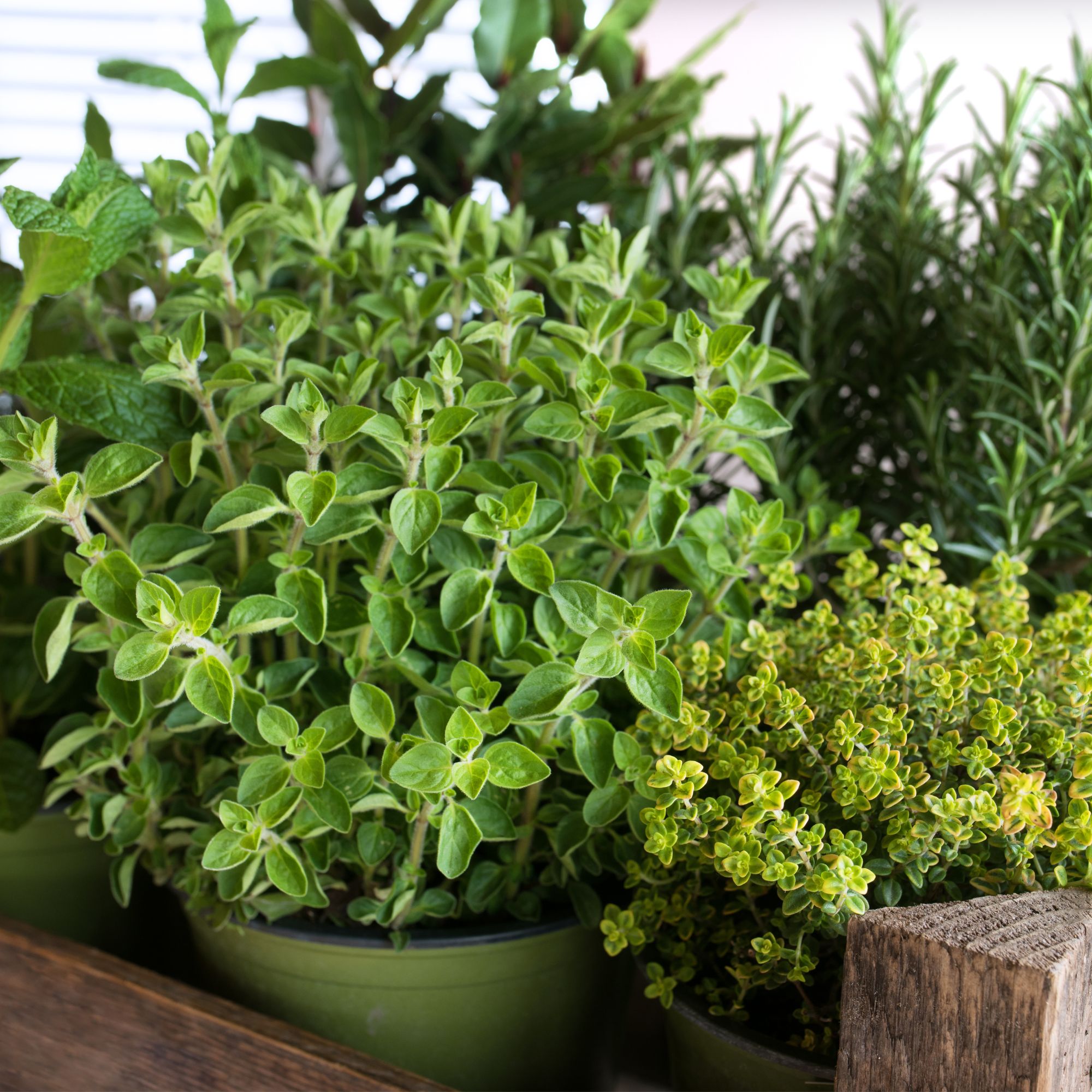
Did you know that oregano is one of the best plants for bees? No wonder it's one of the more unexpected plants that garden designers love to include in their own gardens, then!
'Yes, the same herb you might sprinkle on pizza is actually a pollinator magnet! When left to flower, oregano produces clusters of small, pinkish-purple blooms buzzing with bees and butterflies,' says Dr Emily Attlee, conservation scientist and co-founder of the original seed ball company, Seedball.
She adds that oregano is 'low-maintenance, drought-tolerant, and brilliant in sunny spots', making it an ideal choice in our era of climate shifts and never-ending hosepipe bans.
'Plus, you can snip the leaves for cooking too, so it's a real win-win!'
This writer is in firm agreement, and can heartily recommend Oregano Country Cream, £3.75 (available at John Cullen Gardens) if you want a very hardy, yet still flowering, edimental for your own outdoor space.
4. Mahonia

This one won “Plant of the Year” at the 2013 RHS Chelsea Flower Show, and for good reason; it's the first mahonia of its kind to ditch the spiky leaves, which means you can plant it right by a path or doorway without risking a scratch.
'Mahonias often get a bad rap for being spiky, but Soft Caress is exactly what it sounds like; soft, elegant, and lovely to use in a planting scheme,' says Zoe. 'It provides interest and pollen at a time of year when there’s not much else going on, too.'
You can pick up your very own Mahonia eurybracteata subsp. ganpinensis 'Soft Caress' (PBR), £49.99 for a 2-litre pot via Crocus.
5. Aster
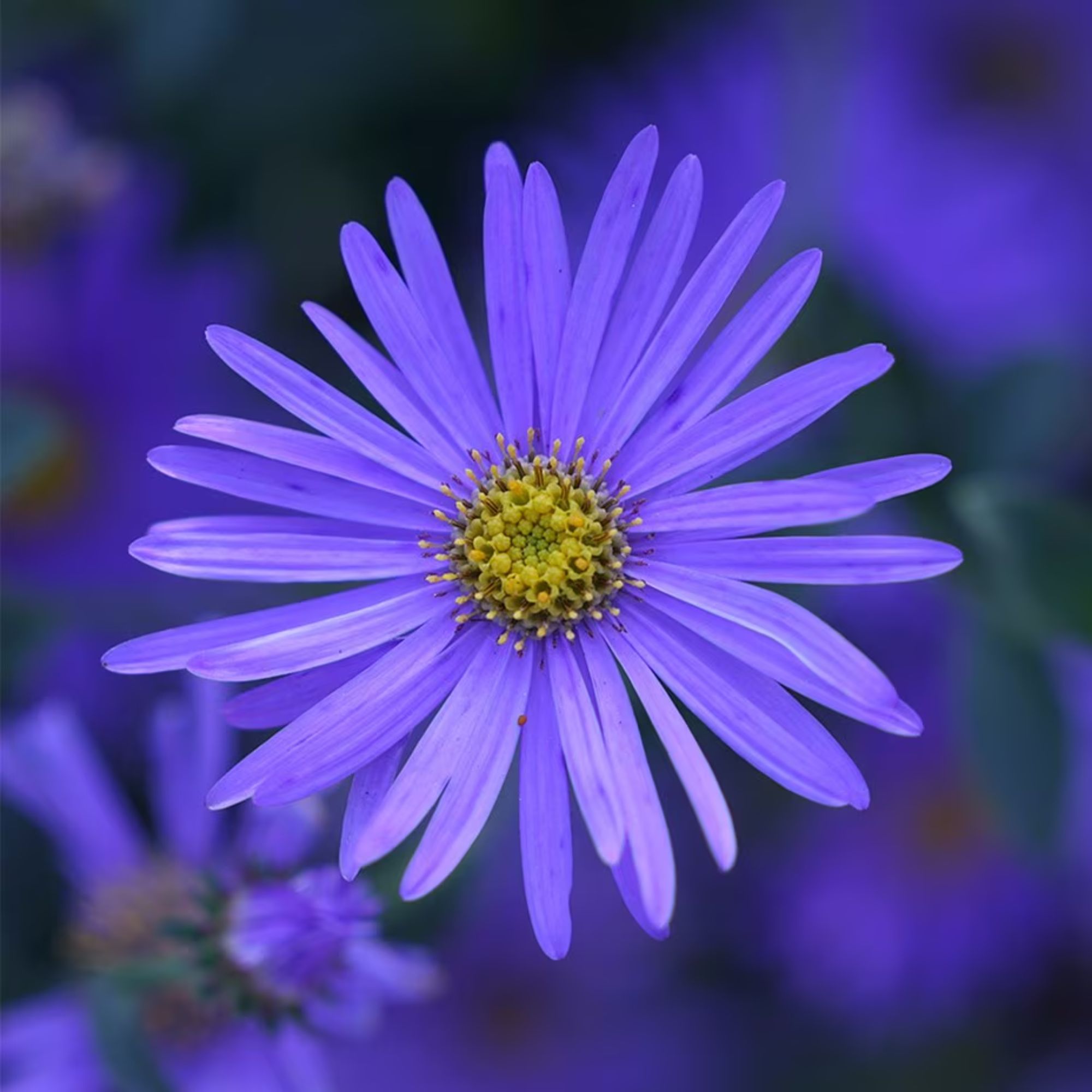
It might be one of the more unexpected plants that garden designers love to include in their own gardens, but asters are perfect for brightening up borders – especially if you opt for something like the New York aster from £9.99 for a 9cm pot at Crocus above, as it flowers after most perennials have done their bit.
'Those blue tones make the summer last longer, with flowers all the way until the frosty nights,' says Annika, who adds that they also provide a valuable source of food for local wildlife.
6. Betony
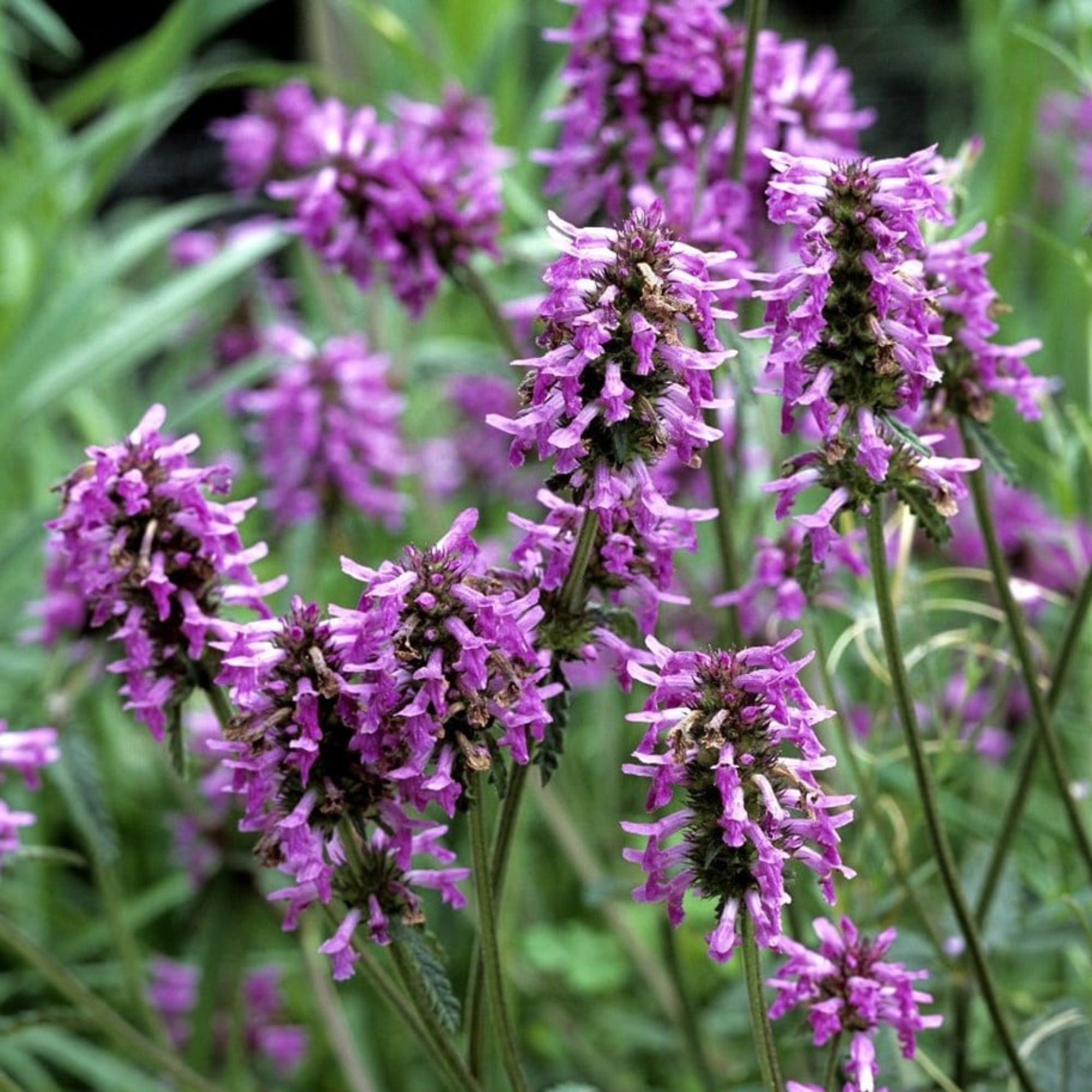
The trick seems to be to think purple when trying to guess the unexpected plants that garden designers love to include in their own gardens, doesn't it? Which makes sense when you think about the usual colour schemes seen at all the big RHS flower shows.
'Betony is a charming wildflower that’s a bit of a hidden gem. It’s native to the UK and puts on a cheerful display of deep pink-purple flower spikes from midsummer to autumn,' says Dr Emily.
'Pollinators love it too, and it’s great for adding a pop of colour to borders or wildflower areas. It’s also happy in both sun and partial shade.'
Pick up some betony, £3.29 for 150 seeds at Crocus, then, and give it a go!
7. Rhubarb
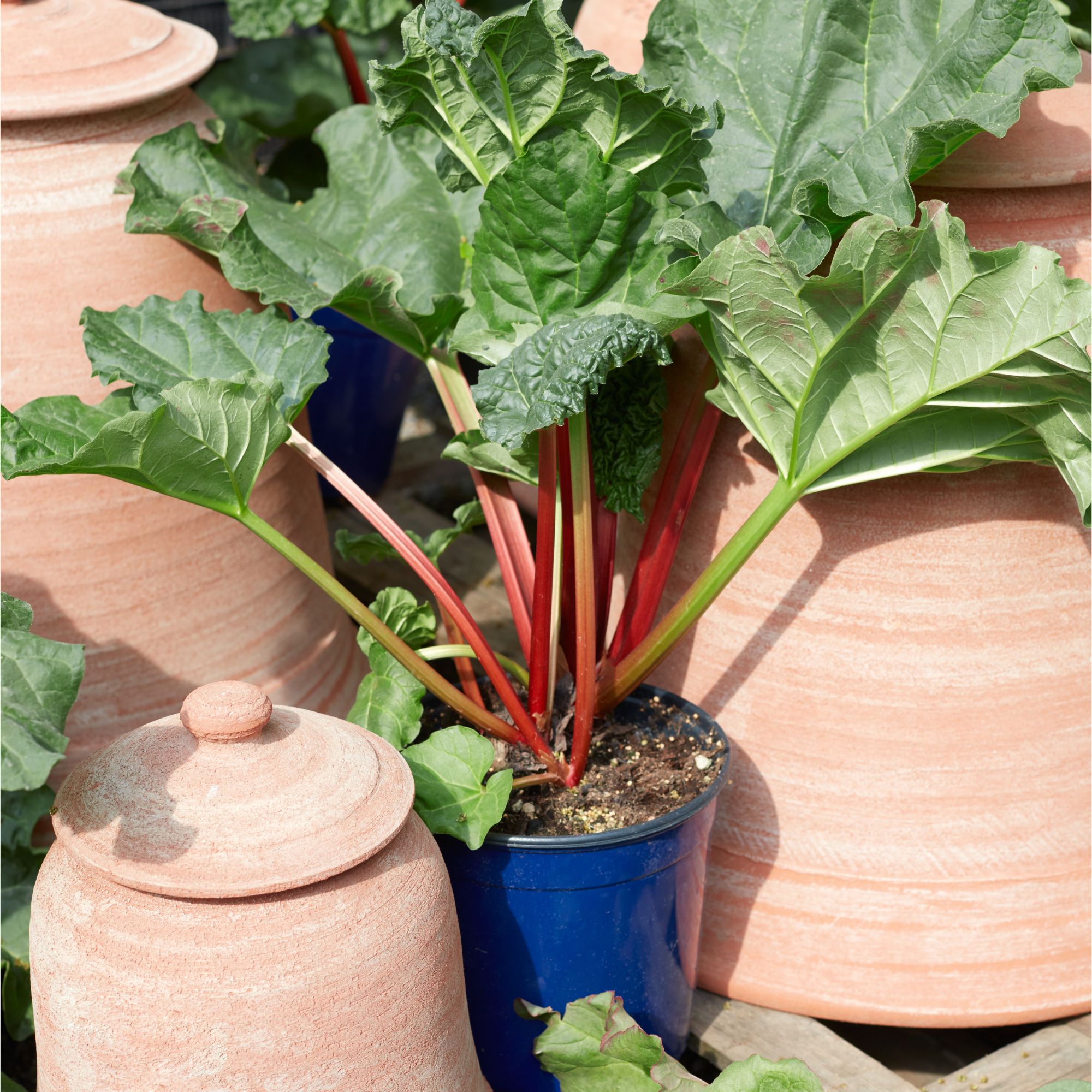
One of the best fruit and vegetables to master, rhubarb is famously easy to grow and pretty to boot – so, yes, you'd best believe that it's a favourite with garden designers.
'I like to put it in ornamental borders as a fun juxtaposition to other plants,' says Zoe, who notes that its big leaves and bright stems contrast well with other plants.
'Plus, you can make crumble out of it!'
She is particularly fond of Rhubarb 'Timperley Early' (£5.99 for a crown, available at Crocus), as it can be ready outside as early as February, but most varieties should work in your outdoor space.
8. Ornamental grasses
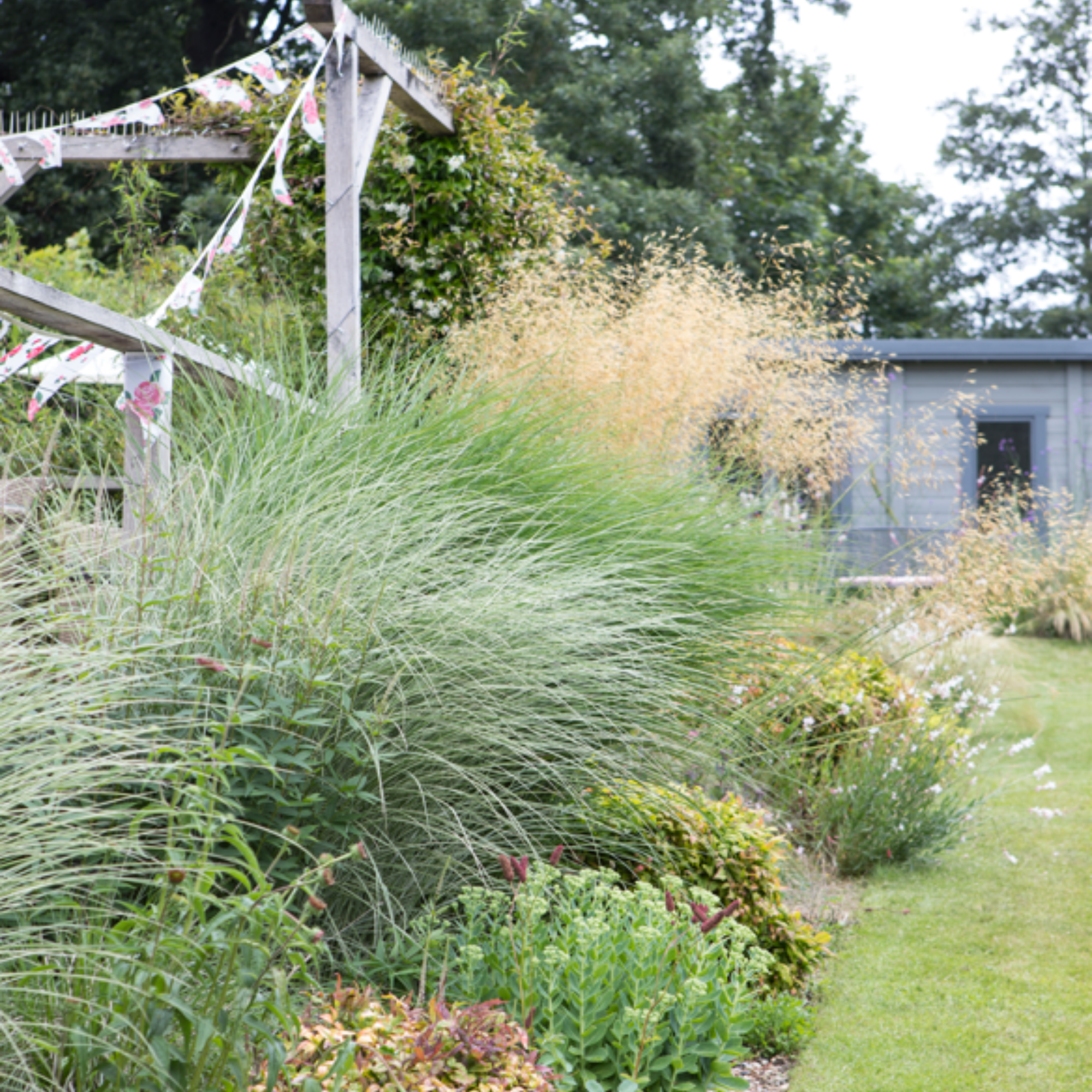
With so many varieties available, not to mention plenty of ornamental grasses for shade, garden designers rate these easy-breezy plants for their ability to add texture and drama to any space.
'I particularly love Sesleria nitida, as it's a versatile grass for dry areas with an outstanding architectural expression,' says Annika, who notes that it is 'excellent in height and appearance', making it perfect to mix with many perennials.
There's an abundance of ornamental grasses at Crocus to choose from, of course, so you can pick the varieties that suit your garden best – and there are even some which work best in pots and containers, too, so you don't need loads of space!
FAQs
How to make your garden look classy?
The best way to make your garden look classy is to focus on your planting (low maintenance is key, so think perennials and evergreens where possible!) – and try to plant in drifts to mimic a flowing, natural-looking arrangement.
Garden designer Annika Zetterman suggests planting something like anemones. 'They are understated beauties and suit just about any garden,' she promises.
It's also important to note that attitudes towards gardens are shifting; if yours isn't feeding something (whether that be pollinators, birds, or soil), then it's missing the point. As such, Dr Emily Attlee recommends planting something like wood sage if you want it to look classy and fulfil its purpose.
'It's a native perennial with soft, lime-green flowers that are incredibly attractive to solitary bees and other insects,' she says. 'It’s perfect for shadier spots and woodland edges, and it has a lovely, slightly aromatic scent too.'
What are the three golden rules of garden design?
The three golden rules of garden design demand that you think about structure first; good bones make a garden shine year-round. Then, shift your focus to repetition (there's a reason so many designers plant in drifts of three), contrast, and cohesion to guide the eye, and always design with all seasons in mind, not just summer.
Of course, the unexpected plants that garden designers love to include in their own gardens may not work best for your own outdoor space and tastes, so be sure to take all of the above with a pinch of salt.
Still, it's a brilliant launchpad to help you get started. And it's a brilliant reminder that you don't need to fill your outdoor space with fussy, swanky plants to make an impact; keeping things simple and striking will do just as well.
Good luck, and happy planting.







